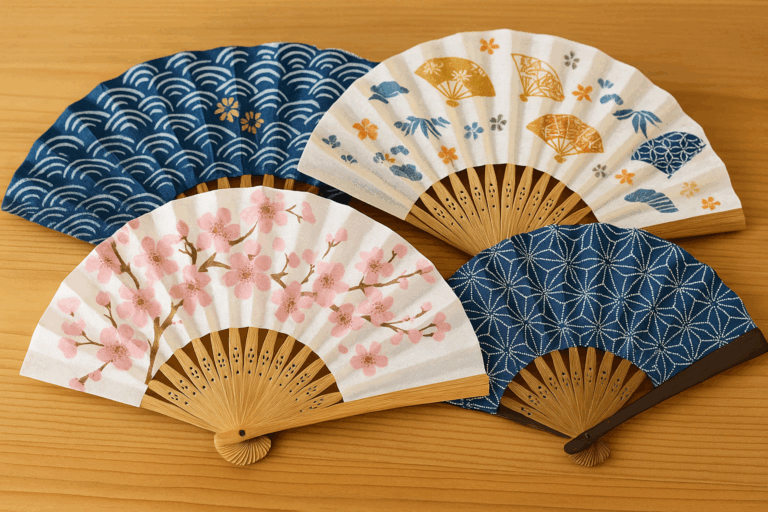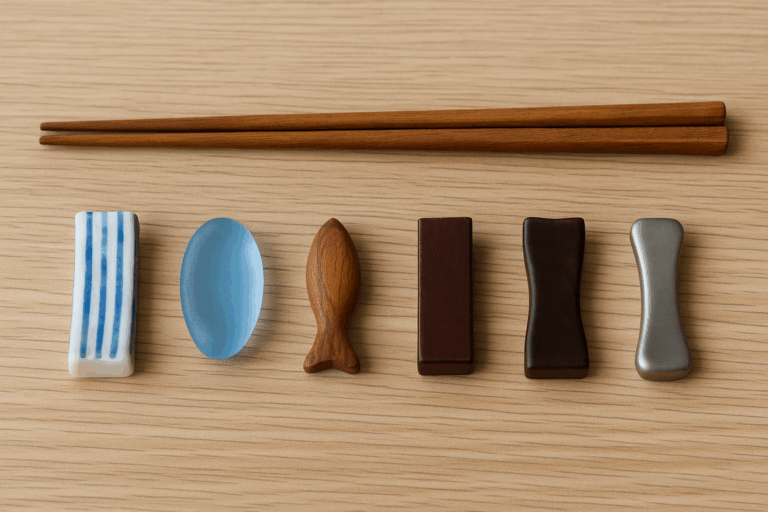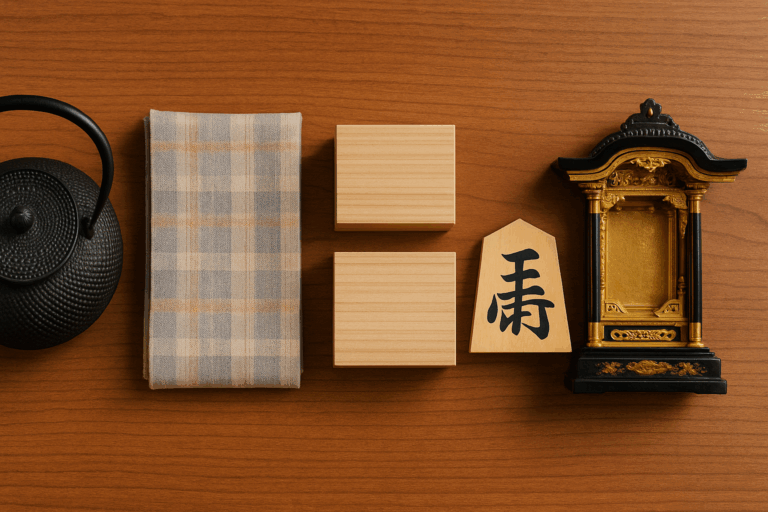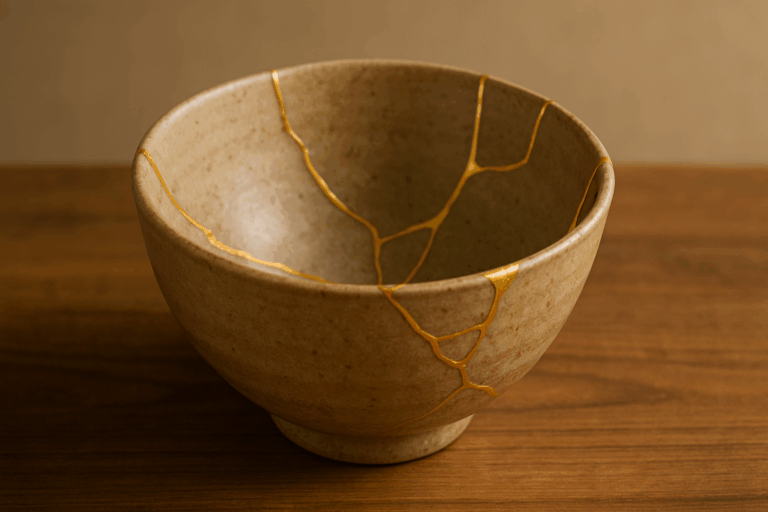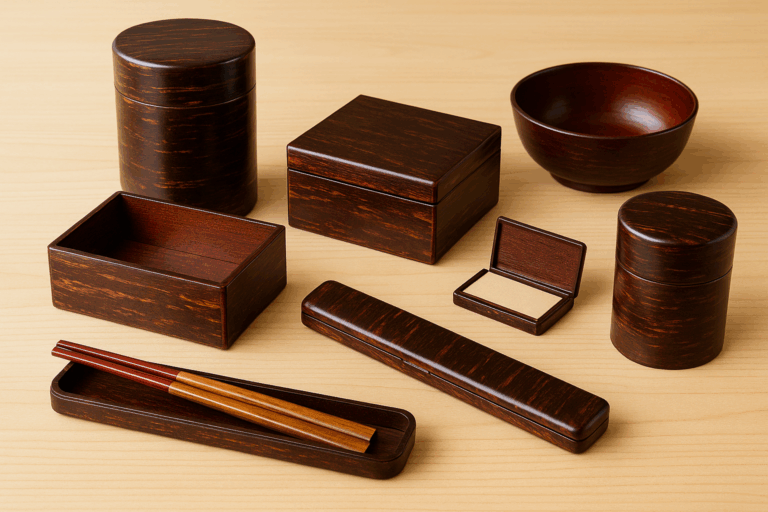Traditional Japanese Summer Cooling Items: Natural Ways to Stay Cool Without AC
Timeless Ways to Stay Cool in the Heat of Japan’s Summer
Summers in Japan are hot and humid, often making it difficult to stay comfortable. To beat the heat, the Japanese have long developed clever, natural ways to stay cool—known collectively as “ryō” (涼), or coolness.
In this article, we’ll introduce some traditional Japanese items that bring relief from the heat. These items are still beloved today, not only for their functionality but also for the seasonal atmosphere they create. Their aesthetic appeal also makes them a perfect fit for modern interiors, both in Japan and abroad.
1. 風鈴 – Furin (Japanese Wind Chimes)
Furin are a symbol of the Japanese summer, known for their clear and soothing sounds that ring with every breeze.
Typically made of glass, metal, or ceramic, they are hung near windows or under the eaves of a house.
Furin are Japanese wind chimes made of glass or metal that produce delicate, cooling sounds when moved by the breeze. The gentle ringing is believed to evoke a psychological sense of coolness and is deeply associated with Japanese summertime aesthetics.
Japanese wind chimes, or furin, evoke a sense of coolness just by their appearance. They transform the invisible sensation of a breeze into a gentle sound, making them a familiar and beloved symbol of summer in Japan.
Their sound is part of the quintessential summer landscape in Japan, and their visual beauty and relaxing tones have made them popular worldwide.
2. すだれ – Sudare (Bamboo Blinds)
Sudare are traditional sunshades made by weaving thin bamboo or reed slats together with thread.
They are hung over windows, doors, or patios to block direct sunlight while allowing airflow.
Sudare are traditional Japanese blinds made of thin bamboo or reed strips. Hung on windows or patios, they block direct sunlight while still allowing breezes to pass through, helping to naturally cool the home.
Sudare, or traditional Japanese bamboo blinds, have a history stretching back at least 1,300 years. They are first referenced in the Man’yōshū, one of Japan’s oldest poetry anthologies compiled between the late 7th and early 8th centurie
Originally used by the aristocracy, these blinds were later adopted by the general public during the Edo period (1603–1868). From around the 17th century onward, sudare became widespread among common households as a practical tool for sun protection and privacy, while still allowing airflow
They are eco-friendly, easy to incorporate into modern homes, and offer a serene, summery appearance.
3. よしず – Yoshizu (Reed Screens)
Yoshizu are larger versions of sudare, made from reeds and typically used as free-standing outdoor screens.
They are leaned against windows, balconies, or entrances to create shade and block sunlight.
Yoshizu are large vertical reed screens placed outdoors to provide shade. They are leaned against walls or used to enclose patios and gardens, allowing for a cooler microclimate during the hot season.
With their natural materials and breathable design, they evoke a peaceful Japanese aesthetic while reducing heat.
4. 打ち水 – Uchi-mizu (Water Sprinkling)
Uchi-mizu is the traditional Japanese practice of sprinkling water on the ground in the morning or evening to reduce the temperature through evaporation.
Uchi-mizu is the traditional Japanese practice of sprinkling water on streets or gardens to lower the temperature through evaporation. It’s an eco-friendly cooling technique that also symbolizes hospitality.
During the Edo period, when uchimizu (water sprinkling) was commonly practiced, streets were not paved with concrete or asphalt like they are today. Sprinkling water served to suppress dust from dry, unpaved roads and helped reduce the radiant heat reflected from sandy surfaces. In this way, uchimizu was not only effective in cooling the environment but also in tidying up the entrance area. As such, it also came to be seen as a form of purification ritual performed before welcoming guests.
This sustainable habit is gaining attention again, even in urban environments.
These are traditional tools used for uchimizu (water sprinkling).
They were cleverly designed to allow water to be sprinkled efficiently—without splashing it onto passersby—even in times when there were no water faucets or garden hoses.
Conclusion: Experience Japan’s Natural Way to Keep Cool
From the tranquil sounds of furin to the rustic beauty of sudare and yoshizu, these traditional Japanese summer items are filled with cultural elegance and timeless charm.
By adding them to your home, you can enjoy a more natural, eco-friendly way to stay cool—without relying solely on air conditioning.
Why not try incorporating the wisdom of Japan’s summer traditions into your own lifestyle?
[reblex id='163']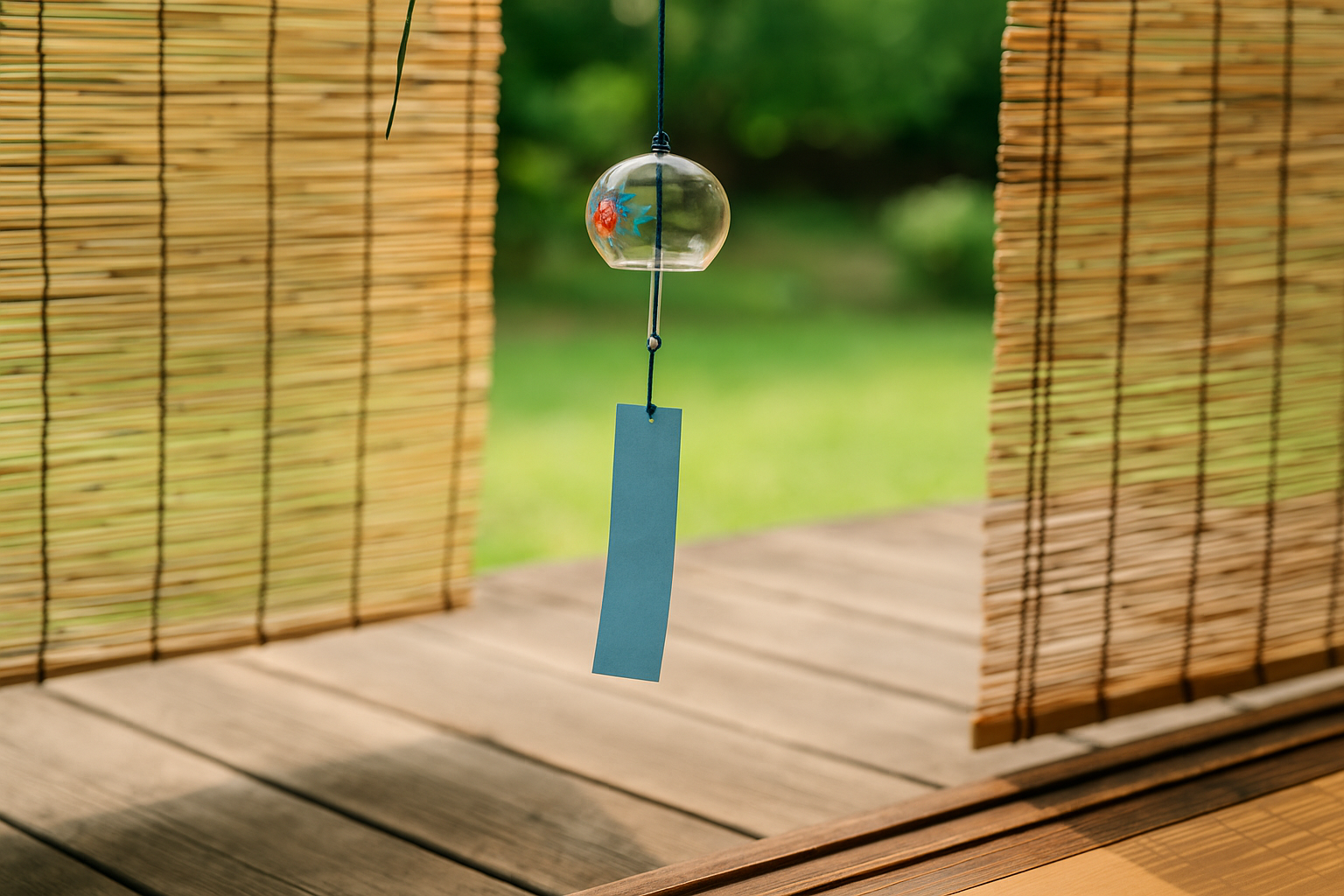
![[商品価格に関しましては、リンクが作成された時点と現時点で情報が変更されている場合がございます。] [商品価格に関しましては、リンクが作成された時点と現時点で情報が変更されている場合がございます。]](https://hbb.afl.rakuten.co.jp/hgb/4b10a4ef.c795b158.4b10a4f0.23fc1079/?me_id=1408552&item_id=10000424&pc=https%3A%2F%2Fthumbnail.image.rakuten.co.jp%2F%400_mall%2Ftennmayashop%2Fcabinet%2Fpic%2F509%2F509-021_1.jpg%3F_ex%3D240x240&s=240x240&t=picttext)

![[商品価格に関しましては、リンクが作成された時点と現時点で情報が変更されている場合がございます。] [商品価格に関しましては、リンクが作成された時点と現時点で情報が変更されている場合がございます。]](https://hbb.afl.rakuten.co.jp/hgb/4b10a51f.6bad5768.4b10a520.e04e3637/?me_id=1306411&item_id=10000595&pc=https%3A%2F%2Fthumbnail.image.rakuten.co.jp%2F%400_mall%2Fsuikoubou%2Fcabinet%2F10675164%2Fvidro_rkago.jpg%3F_ex%3D240x240&s=240x240&t=picttext)
![[商品価格に関しましては、リンクが作成された時点と現時点で情報が変更されている場合がございます。] [商品価格に関しましては、リンクが作成された時点と現時点で情報が変更されている場合がございます。]](https://hbb.afl.rakuten.co.jp/hgb/4b10a579.a22d804f.4b10a57a.f31dd09e/?me_id=1370767&item_id=10005841&pc=https%3A%2F%2Fthumbnail.image.rakuten.co.jp%2F%400_mall%2Fallhqfashion%2Fcabinet%2F07664734%2Fdoorbell13.jpg%3F_ex%3D240x240&s=240x240&t=picttext)
![[商品価格に関しましては、リンクが作成された時点と現時点で情報が変更されている場合がございます。] [商品価格に関しましては、リンクが作成された時点と現時点で情報が変更されている場合がございます。]](https://hbb.afl.rakuten.co.jp/hgb/4b10be38.2ba3506e.4b10be39.1615cd8f/?me_id=1428745&item_id=10000059&pc=https%3A%2F%2Fthumbnail.image.rakuten.co.jp%2F%400_mall%2Fwaay-store%2Fcabinet%2Fcompass1742977192.jpg%3F_ex%3D240x240&s=240x240&t=picttext)
![[商品価格に関しましては、リンクが作成された時点と現時点で情報が変更されている場合がございます。] [商品価格に関しましては、リンクが作成された時点と現時点で情報が変更されている場合がございます。]](https://hbb.afl.rakuten.co.jp/hgb/4b10be97.989804d6.4b10be98.42ae1ab0/?me_id=1238032&item_id=10021675&pc=https%3A%2F%2Fthumbnail.image.rakuten.co.jp%2F%400_mall%2Fhappudo%2Fcabinet%2F846%2F846093-a.jpg%3F_ex%3D240x240&s=240x240&t=picttext)
![[商品価格に関しましては、リンクが作成された時点と現時点で情報が変更されている場合がございます。] [商品価格に関しましては、リンクが作成された時点と現時点で情報が変更されている場合がございます。]](https://hbb.afl.rakuten.co.jp/hgb/4b10bf51.0400eb42.4b10bf52.213e7105/?me_id=1233495&item_id=10086945&pc=https%3A%2F%2Fthumbnail.image.rakuten.co.jp%2F%400_mall%2Fsekichu%2Fcabinet%2F020%2F0002%2F0400000029450.jpg%3F_ex%3D240x240&s=240x240&t=picttext)
![[商品価格に関しましては、リンクが作成された時点と現時点で情報が変更されている場合がございます。] [商品価格に関しましては、リンクが作成された時点と現時点で情報が変更されている場合がございます。]](https://hbb.afl.rakuten.co.jp/hgb/4b10d015.30560866.4b10d016.05189d70/?me_id=1220574&item_id=10094521&pc=https%3A%2F%2Fthumbnail.image.rakuten.co.jp%2F%400_mall%2Fkumada%2Fcabinet%2Fthumnail_ex%2F10000639.jpg%3F_ex%3D240x240&s=240x240&t=picttext)
